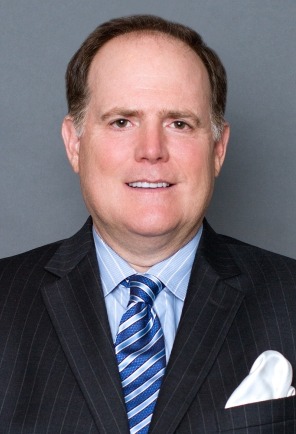Spin-offs of the proposed merger of Dow and DuPont and other mega mergers will create buying opportunities for PE firms that invest in coatings, adhesives and sealants.
The U.S. specialty chemicals sector remains an attractive sector for middle-market investors, despite modest global growth, the crude oil decline, the commodity capital cycle and the recent dip in public market valuations (as measured by a proprietary index that tracks the relative valuation of the specialty chemical sector), which may indicate lower multiples for acquisitions in the future.
Deal flow over the next two to three years is expected to remain healthy, which, combined with an attractive investment thesis, could create substantial opportunity for private equity buyers.
LEARN MORE:
Mergers & Acquisitions article: Chemical Makers Keep Drawing Buyers
A Closer Look at the Life Sciences Industry: 2025 Life Sciences Report
December 18, 2025
A&M is pleased to present a copy of our 2025 Health of the Life Sciences Industry Report.
Where AI Meets Financial Impact
December 8, 2025
CFOs are uniquely positioned to lead the charge on value creation, leveraging emerging technologies to unlock deeper insights and optimise business decisions. This article explores the transformative potential of AI for financial impact and strategic decision-making.
M&A commentary: Surge in value of deals
December 3, 2025
The ONS data shows M&A activity Q3 remained low, however, since September we’ve seen an uptick. The market seems to have shrugged off market disruption and restarted in earnest. Mike Trenouth provides comments on the latest data release.
A year of recalibration and resilience
December 2, 2025
Private Equity funds have had to be resilient through rising geopolitical tensions, the shock form US tariffs and several years of subdued deal flow and limited exits. But, as 2025 comes to a close, European private equity is showing signs of stability.


